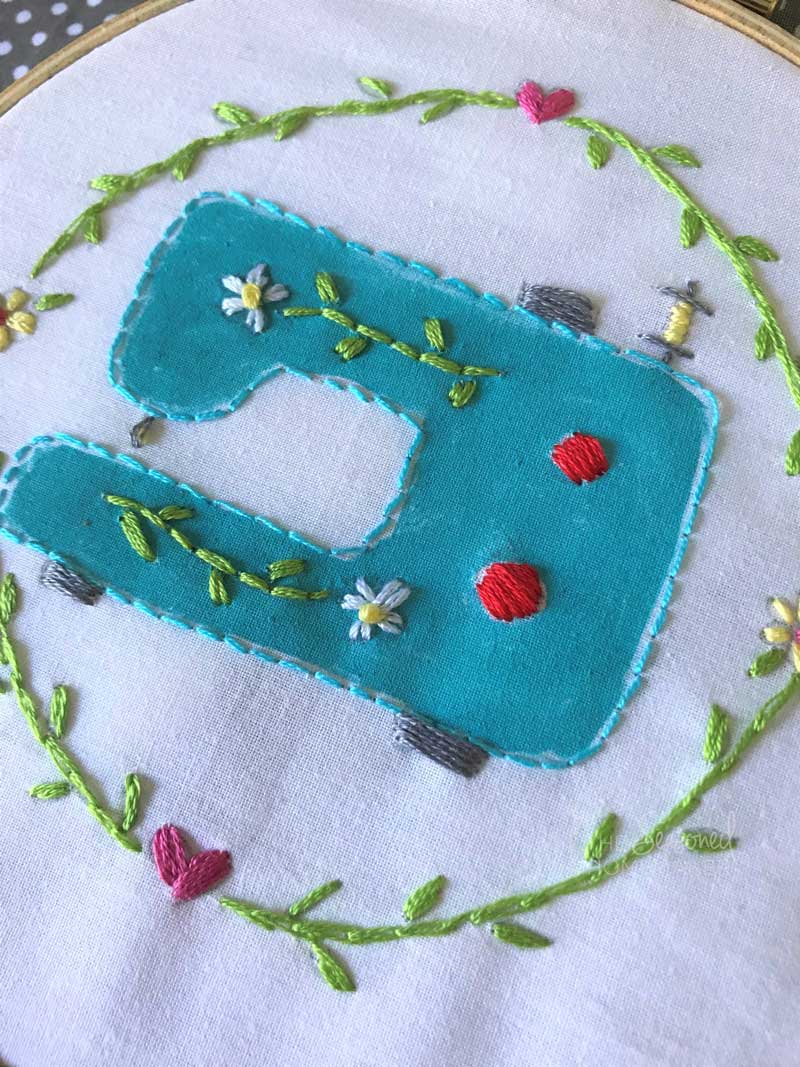How To Fill In Embroidery
Are you struggling to fill in large spaces on your embroidery designs? Do you find yourself frustrated with uneven or patchy stitches? Learning how to properly fill in embroidery can take your designs to the next level and give them a professional look.
Many people find filling in embroidery spaces to be a challenging task. Whether it's choosing the right stitch, deciding on the right thread, or simply trying to cover a large area, it can be overwhelming. But don't worry – with a few tips and tricks, you can easily master the art of filling in embroidery.
How to Fill in Embroidery: Tips and Tricks
The first step to filling in embroidery is selecting the right stitch. Most embroidery stitches can be used for filling in, but some work better than others. For large spaces, try using a satin stitch or a long and short stitch. These stitches will help to fill in the area evenly and completely.
It's also important to choose the right thread for filling in. If you want a smooth and polished look, use embroidery floss. But if you want a more textured look, consider using crewel or wool yarn.
When starting to fill in your embroidery, it's best to start from the center of the space and work your way outwards. This will ensure that the stitch stays even and that there are no gaps in the design.
Another helpful tip is to work in small sections. Don't try to fill in a large area all at once. Instead, break it down into smaller sections and work on one section at a time. This will help you to maintain an even stitch and prevent frustration.
My Personal Experience with Filling in Embroidery
When I first started filling in large embroidery spaces, I found it difficult to maintain a consistent stitch. I struggled to cover the entire area without leaving gaps or creating an uneven finish. But after practicing and experimenting with different stitches and threads, I discovered a few tricks that helped me to fill in embroidery like a pro.
One of the most useful tricks I learned was to use a lightbox. By placing my fabric on top of a lightbox, I could easily see where I had stitched and which areas needed more attention. This helped me to avoid over-stitching and creating a bulky design.
I also found it helpful to use a guide. By drawing a light line on the fabric with a water-soluble marker, I could easily follow the design and maintain an even stitch.
Creative Ways to Fill in Embroidery
While traditional satin and long and short stitches are great for filling in large areas, there are plenty of ways to get creative with your embroidery. Experiment with different stitch patterns, like herringbone or backstitch, or try filling in small areas with beaded embroidery.
Another fun way to fill in embroidery is by incorporating fabric. Use a technique called appliqué to add fabric patches to your embroidery design and fill in small spaces with colorful prints or contrasting textures.
Troubleshooting Embroidery Filling Problems
If you're still struggling to fill in your embroidery spaces, there are a few things you can do to troubleshoot the problem. First, make sure you're using the right needle. A needle that is too large or small can affect the way the stitch looks and make it harder to fill in evenly.
Another common problem is tension. If your stitches are too loose or too tight, it can create an uneven finish. Make sure you're adjusting your tension as you work on different fabrics and thread types.
Filling in Embroidery: Final Thoughts
Learning how to fill in embroidery can seem overwhelming, but with a little patience and practice, you can achieve a professional finish. Choose the right stitch and thread, work in small sections, and don't be afraid to experiment with creative techniques. With these tips and tricks, you'll be filling in embroidery like a pro in no time.
Question and Answer
1. What is the best stitch for filling in large embroidery spaces?
The best stitch for filling in large spaces is the satin or the long and short stitch. These stitches will help to fill in the area evenly and completely.
2. What thread should I use for filling in embroidery?
You can use embroidery floss for a smooth and polished look, or crewel or wool yarn for a more textured look.
3. How can I maintain an even stitch and prevent gaps when filling in embroidery?
Start from the center of the space and work your way outwards. Also, work in small sections and don't try to fill in a large area all at once.
4. What can I do if I'm still struggling to fill in my embroidery?
Make sure you're using the right needle and adjusting your tension as you work on different fabrics and thread types.
Conclusion
Learning how to properly fill in embroidery can take your designs to the next level and give them a professional look. By choosing the right stitch and thread, working in small sections, and troubleshooting common problems, you can fill in embroidery like a pro in no time.
Gallery
How To Fill In Large Embroidery Spaces | Embroidery, Cotton Quilting

Photo Credit by: bing.com / seasonedhomemaker
How To Fill In Large Embroidery Spaces - The Seasoned Homemaker®

Photo Credit by: bing.com /
Fill Stitch Embroidery Workshop | Embroidery Workshop, Embroidery

Photo Credit by: bing.com /
How To Fill In Large Embroidery Spaces | Embroidery, Embroidery Designs

Photo Credit by: bing.com /
Choosing A Stitch For The Purpose Of Filling Out A Whole Area Is Like

Photo Credit by: bing.com /